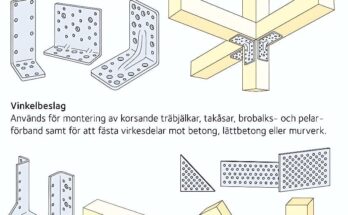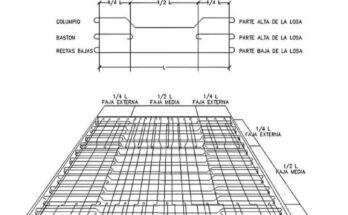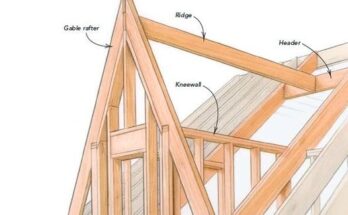This comprehensive illustration meticulously details a chamfer router bit and its application in creating angled edges on workpieces with varying numbers of sides. The image serves as a valuable visual guide for woodworkers and machinists seeking to understand the geometry of this essential cutting tool and the resulting profiles it can produce.
On the right side of the image, the primary focus is the detailed diagram of the chamfer router bit itself. This precision tool is characterized by its conical cutting edge, designed to remove material at a specific angle relative to the workpiece’s original edge. Several key dimensions and angles are clearly labeled, providing crucial information for selecting and utilizing the bit effectively:
- A (Chamfer Angle): This is the defining characteristic of the bit, indicating the angle of the bevel that will be created on the edge of the material. The diagram highlights this angle as ‘A’, emphasizing its importance in achieving the desired aesthetic or functional chamfer. Different chamfer bits are manufactured with varying ‘A’ values to cater to diverse project requirements.
- D (Cutting Edge Diameter): This dimension represents the overall diameter of the widest part of the conical cutting edge. It influences the size and reach of the chamfer that can be produced in a single pass. A larger ‘D’ allows for a wider chamfer.
- d (Shank Diameter): The shank is the cylindrical part of the router bit that is inserted and secured into the collet of the router. Common shank diameters ensure compatibility with standard router collets.
- L (Overall Length): This is the total length of the router bit, which can be a factor depending on the router’s capacity and the depth of cut required.
- H (Cutting Edge Height): This dimension indicates the vertical height of the angled cutting portion of the bit. It, along with the chamfer angle ‘A’, determines the maximum width of the chamfer that can be created.
- h (Another Height Dimension): This likely represents a specific height measurement related to the transition or a particular feature of the cutting edge’s profile. Understanding this dimension can be crucial for achieving precise and consistent results.

The left side of the image complements the router bit diagram by providing practical examples of the chamfer’s effect on workpieces with different numbers of sides. Each cross-sectional illustration showcases a wooden piece with a consistent chamfer applied to all its edges. Crucially, each example is labeled with the specific chamfer angle used (45°, 30°, 22.5°, 15°, and 11.25°) and the number of sides of the original workpiece (“côtés” in French: 4, 6, 8, 12, and 16).
These examples vividly demonstrate a key principle of chamfering multi-sided objects: as the number of sides increases while a consistent chamfer angle is applied, the resulting overall shape progressively approaches a more rounded or beveled profile.
- 4 Sides (Square): A 45° chamfer on a square creates distinct angled corners, transforming the sharp edges into beveled ones.
- 6 Sides (Hexagon): Applying a 30° chamfer to a hexagon similarly bevels each of its six edges.
- 8 Sides (Octagon): A 22.5° chamfer on an octagon further softens the transitions between the flat sides.
- 12 Sides (Dodecagon): The 15° chamfer on a dodecagon results in edges that are even closer to forming a continuous curve.
- 16 Sides (Hexadecagon): Finally, the 11.25° chamfer on a hexadecagon produces edges that are almost imperceptibly angled, effectively creating a near-round profile.
This visual progression underscores the versatility of the chamfer router bit. By selecting the appropriate chamfer angle and applying it to workpieces with varying numbers of sides, a woodworker can achieve a wide range of edge profiles, from sharp bevels to gentle rounding effects. This technique is commonly employed for both aesthetic purposes, such as softening edges for comfort and visual appeal, and functional reasons, like creating lead-in angles for joinery or preventing chipping and splintering.
In conclusion, this image serves as an invaluable resource for understanding the precise geometry of a chamfer router bit and its practical application in edge profiling. The detailed diagram of the bit, coupled with the clear illustrations of chamfered multi-sided objects, provides a comprehensive visual explanation of how this versatile tool can be used to achieve a variety of desired edge treatments in woodworking and related crafts.



